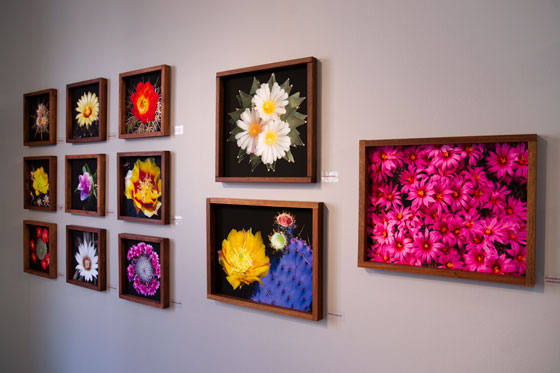
For those of you in the Phoenix area there is an exhibit of the photography of John Schaefer at the Desert Botanical Garden that is definitely worth seeing. Although this spring’s wildflower crop does not appear to be as promising as last year, Schaefer’s photographs of desert cacti blooms in the A Desert Illuminated exhibit is a very close substitution. His photographs have been compared to “…Renaissance- era illuminated manuscripts.” The technique used for capturing the rich colors of these beautiful cacti flowers of the Arizona desert involves placing a piece of black construction paper behind them to isolate them from the background make them really pop. The end result are some spectacular works of photographic art. The mesmerizing colors of the images and incredibly rich detail will keep you engaged with each photograph in the small exhibit of 30 images and is in and of itself worth a trip to the garden.
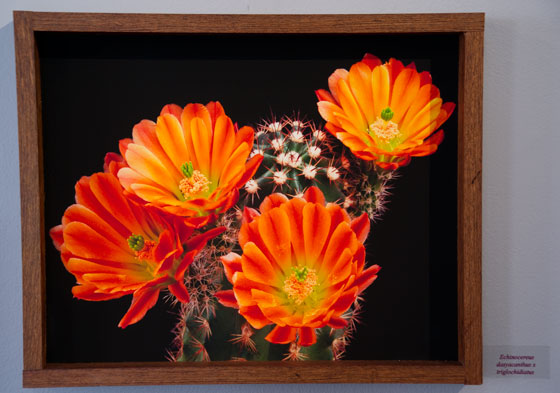
A bit about the photographer, John Schaefer is the President Emeritus of the University of Arizona; along with Ansel Adams, the co-founder of the Center for Creative Photography at the University of Arizona; an author of several photographic technique books including The Ansel Adams Guide: Basic Techniques of Photography – Book 1 and The Ansel Adams Guide: Basic Techniques of Photography – Book 2
and The Ansel Adams Guide: Basic Techniques of Photography – Book 2  ; as well as the founder of the Nature Conservancy in Arizona.
; as well as the founder of the Nature Conservancy in Arizona.
A Desert Illuminated runs through May 27th in the Ottosen gallery at the Desert Botanical Garden in Phoenix. It is open from 10 am – 5 pm 7 days a week and is included in the price of admission to the garden.
After yesterday’s post on portrait photography this week’s highlight from Photography Served is appropriate. When thinking of portraits we rarely think beyond humans. But animal portraiture is becoming more and more popular. Albeit that is more often than not of household pets. The animal portraits by David Boni go far beyond the standard dog and cat with a hat and knitted sweater. Boni has captured the essence of these animals beautifully and his work on both Photography Served and his own site should not be missed.
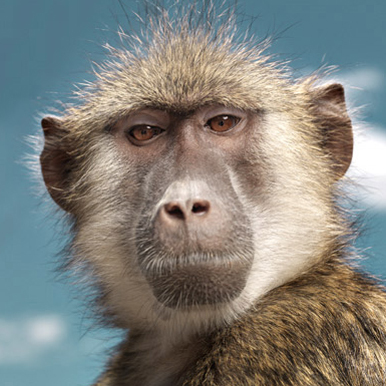 Photograph by David Boni
Photograph by David Boni
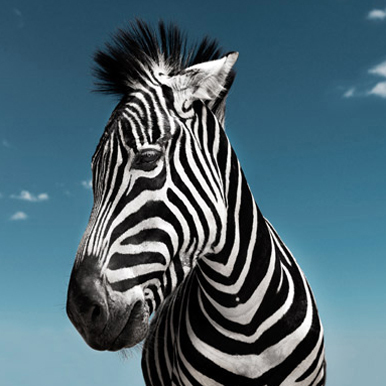 Photograph by David Boni
Photograph by David Boni
Here is another great photographer to check out on Photography Served. I have been highlighting photographers from this site that I particularly like such as Jonathan Hillyer, Bartlomiej Lurka and Anthony Redpath. But you shouldn’t take my exclusive word for it, it is well worth a visit to see for yourself.
In a fantasy world, I would be a travel photographer, jetting around the world photographing people, cultures, architecture and such. So Diego Arroyo’s portrait photography of people in South East Asia really speaks to me. He captures both the people and their land beautifully in this series of portraits. Here are two of my favorites from the series, but check out all 23 portraits from Diego Arroyo’s South East series.
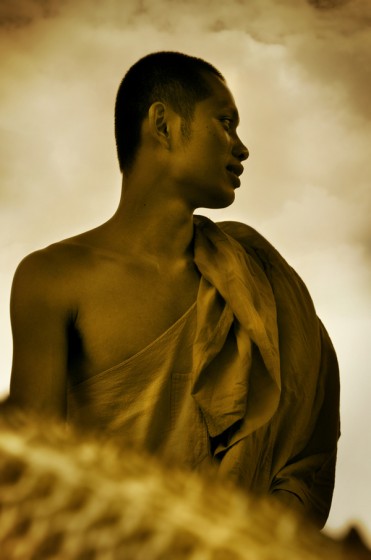 Portrait Photography by Diego Arroyo
Portrait Photography by Diego Arroyo

Portrait Photography by Diego Arroyo
In case you missed my recent posts on photographers Anthony Redpath and Bartlomeij Lurka from my newest favorite site for showcasing great photographers, Photography Served, I’ll bring it up from time to time as I come across additional photographers that strike a chord with me. I can’t show any of the work of this next photographer because of copyrights, but Jonathan Hillyer‘s photography of the High Museum of Art in Atlanta is spectacular. I have an affinity for architectural photography, particularly modern work such as the High Museum of Art so I am a bit biased. But Hillyer captured the details and form of the museum in such a way that it brings the museum to life. You can check out more of Hillyer’s architectural photography work here but be sure to take some time to go through the galleries of Photography Served. It is well worth it.
I mentioned a few days ago my discovery of the photography gallery site Photography Served. In the interest of passing on my great finds here is another photographer featured int eh virtual gallery of Photography Served.
This gallery features selected works of Anthony Redpath that were recently displayed in the Toronto’s Bau-Xi Photo Gallery.
Be sure to check out Anthony Redpath’s No Going Back gallery.
 Anthony Redpath
Anthony Redpath
As you can imagine the photography collection at the Museum of Modern Art in New York City is quite extensive. The collection spans the history of photography from early silver prints of the 1800’s to Polaroids (the first time around) to digital. But you don’t have to go to New York City to see it. Given the chance however, that really is the preferred way to see it for so many reasons. When getting to NYC just isn’t possible though and you need a great photography fix and that is where the online photography collection of MoMA comes in very handy. With thousands of images available to search through and view you can easily get an online lesson in the history of photography.
In addition to being full of great images, the collection is really well organized. You can search or just browse. When you find an image you like all of its vital stats are right there and you can easily find other works by the same photographer.
So next time you’re surfing the internet a stop at the online photography collection of MoMA is well worth it.
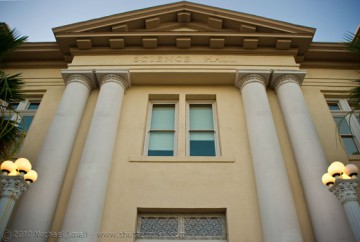 Update: Be sure to read an update to this post with more detail on how the photographers created their pieces here.
Update: Be sure to read an update to this post with more detail on how the photographers created their pieces here.
26 Blocks is an art project that “…showcases the work of 26 of Metro Phoenix’s best photographers working with 26 of Metro Phoenix’s best writers.” They worked together to offer their interpretation of one of 26 downtown Phoenix city blocks through photography and the written word. Then the sculptor, Rafael Navarro, topped off each presentation with a 4″ x 4″ square block sculpture of each block. The exhibit began at the After Hours Gallery in Downtown Phoenix last month and in now starting a tour of venues around the city. I missed the opening at After Hours but was able to see the exhibit at the University of Arizona College of Medicine’s downtown Phoenix campus last Thursday, the first stop on its city tour.
The College of Medicine show was not in a normal gallery space. Rather it was in the auditorium of the old Phoenix Union High School that has been renovated and now houses the college. As a result a traditional gallery layout was not possible. So each city block’s pieces were propped up on tables around the large auditorium room. I do not think the unconventional setting distracted from the works however. In fact, the history of the old high school building now having been re-purposed and given a new life, almost added another layer to the stories of the Phoenix city blocks being told through these photographers, writers and sculptor.
One of the most interesting aspects of this show was the unique interpretations each pair had of their individual city blocks. Blocks that may not have been separated by more than one street could seem miles away as each photographer and writer approached them from very unique perspectives and visions.
The photography ranged from the very straightforward architectural and portrait to much more abstract interpretations involving post-processed works.
Two that stood out as favorites to me were Block E from photographer Chris Loomis and Block V from Stephen G. Dreiseszun.
Chris’ photograph of Block E, the lot of dirt that splits 3rd St into two separate lanes to the east and west of it, just south of Roosevelt, stood out to me for two reasons. 1) It was a bit more on the abstract side and 2) whereas most of the other lots were developed and alive with urban life, this lot was in more of a “what once was” state being dirt and foundations of former structures. So some creative license had to be taken to make an image out of a vacant lot. Appearing as though it was taken from high above, crop-circle like shapes fill the dirt and weeded lot while a girl in bright blue appears to be dancing inside the shapes. Chris’ photograph is a great example of the art of photography to me. The artist saw what was and turned it into his own vision through photography.
Stephen Dreiseszun’s photograph of Block V was very different than Block E. Block V encompasses the construction site between Washington and Jefferson on the North and South and 1st Ave and Central Ave. on the West and East. The very urban scene of high rise construction was captured by Stephen beautifully. The lighting of late evening makes the sky a deep, rich blue while the lights of the street sign and construction crane highlight these urban elements. The perspective captured in the photography for Block V is one that the casual passer by may not take the time to notice. But this image captures what I feel the 26 Blocks project is all about, seeing urban downtown Phoenix at more than everyday street level views and taking the time to stop and notice the subtle beauty of the built environment.
The pairing of two art forms, photography and writing, has resulted in a show that speaks to a broad audience. The art lover, the lover of the written word, the urban dweller, the suburban admirer of the urban environment and fans of a diverse and dynamic city such as Phoenix.
26 Blocks is on Tour through the remainder of the year at venues around the Valley. This is a unique project that is well worth seeing regardless of which of those categories you fall into, or even if you fall far outside of those categories. Check for tour dates and locations and make sure you see the 26 Blocks exhibit before it is gone.
I wrote about the 26 Blocks exhibit when it opened last month. The project involves pairing 26 of the best photographers in the Phoenix metro area with 26 of the best writers and assigned the duos one of 26 downtown Phoenix city blocks. Their assignment was to capture their assigned block’s past, present or future in one photograph (with up to four images in it) and 500 words.
I missed the opening of the exhibit, but now the exhibit is beginning a tour of the city and will be displayed at various venues arounand runs from 5:30 to 7:30. As an added bonus, the opening of the exhibit coincides with the first public unveiling of the College of Medicine’s renovation of the old Phoenix Union High School into their Phoenix campus. So you have a chance to see a great photography exhibit and an architectural restoration of a historic Phoenix building.
On Friday, May 7th, at the After Hours Gallery in downtown Phoenix, a unique art project entitled 26 Blocks will be unveiled. The project has paired 26 of the best photographers in the Phoenix metro area with 26 of the best writers and assigned the duos one of 26 downtown Phoenix city blocks. Their assignment was to capture their assigned block’s past, present or future in one photograph (with up to four images in it) and 500 words. Sculptor, Rafael Navarro joined the writers and photographers as well to combine the essence of the entire 26 Blocks into one work of sculpture.
I have spent some time perusing the 26 Blocks web site (which in itself is pretty well done) and this looks like a very exciting project. It combines three things I love, photography, writing and downtown, urban environments. I am definitely looking forward to seeing this exhibit. If you miss opening night on Friday the project will be on display at the After Hours Gallery from May 7th through the 31st before it goes on a tour of Phoenix (tour details are still to be announced).
With the recent death of Jim Marshall, a highly regarded photographer who documented much of the Civil Rights Movement of the 1960s, interest in the photography of that era has been on the rise. Photography played a significant role in documenting the Civil Rights struggle and bringing it to the forefront of America’s consciousness. The New York Times recently published Civil Rights Battles, in Black and White by David Gonzalez on their blog Lens as a tribute to the photography of the era and its role in the movement. Well worth checking out.


and The Ansel Adams Guide: Basic Techniques of Photography – Book 2
; as well as the founder of the Nature Conservancy in Arizona.
 Photograph by David Boni
Photograph by David Boni
 Photograph by David Boni
Photograph by David Boni


 Anthony Redpath
Anthony Redpath




